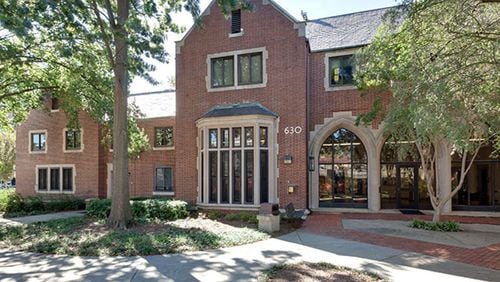Two Georgia Tech dormitories that date back decades will undergo a $74.5 million overhaul.
The Georgia Board of Regents on Tuesday approved the residence hall upgrades and also authorized the first phase of a potential pedestrian bridge project that would stretch from the John Lewis Student Center to Science Square.
The 295-bed Smith Hall, built in 1947, and the 123-bed Howell Hall, built eight years prior, will be joined through a new connecting structure that will create a central entry point. It also will provide more study spaces and gathering areas for students.
Officials said the work will preserve the historic character of the two buildings, which are located on the east side of Georgia Tech’s campus in Atlanta.
The two halls mostly house first-year students. Construction will take place over two school years and will be funded with auxiliary housing revenue.
The board also authorized up to $1 million for design work related to a proposed Westside Community Connector Bridge project. The vote is only an initial step in the proposed construction of a $46 million bridge that would enable pedestrians and cyclists to cross over the CSX and Norfolk Southern freight rail corridor on the western edge of the campus. The rail companies would need to sign off for the construction to proceed.
The bridge would have access points at the North Avenue Research Area and at or near the corner of North Avenue and State Street, according to board documents.
Georgia Tech applied for a $23 million federal grant that, if awarded, would cover half the project’s $46 million cost. The other half would be paid for by donor funds, and the board would need to vote again to give final authorization.
The bridge concept fits into Georgia Tech’s future plans. Late last year, Georgia Tech unveiled a 10-year campus plan to respond to enrollment gains, which are expected to continue. That plan calls for new student amenities, more recreation areas and enhanced walkability.







